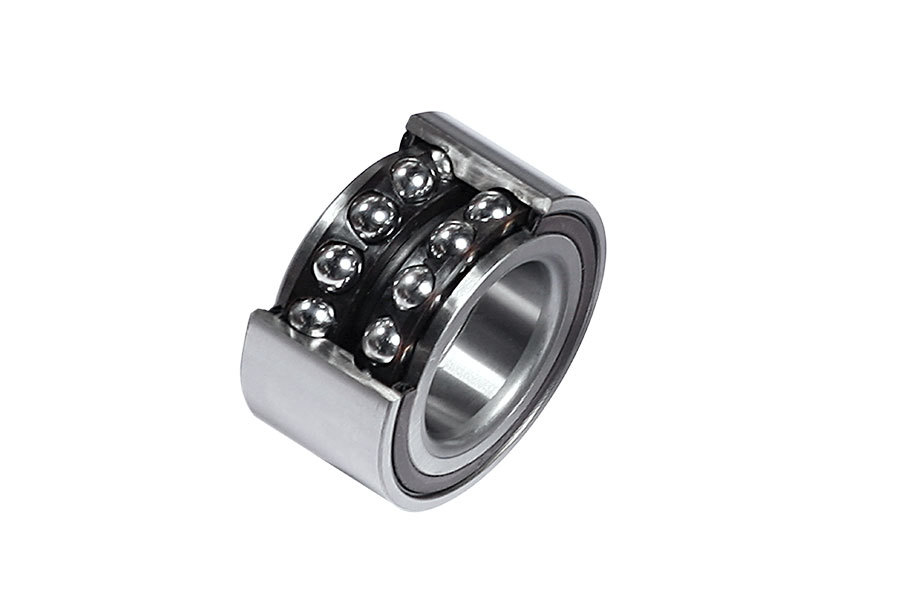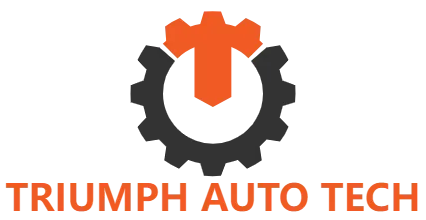
First-Generation Ball Bearing Hub Unit
Overview
First-generation ball bearing hub units are early designs in automotive wheel hub bearings, primarily using double-row angular contact ball bearings or double-row cone roller bearings. They support wheel rotation and transmit loads but have been phased out due to structural simplicity and assembly complexity.
Structural Composition
- Key Components - Inner race: Press-fitted into the hub,承受 rotational loads. - Outer race: Press-fitted into the knuckle, fixing the bearing position. - Steel balls: Reduce friction (Subaru Impreza uses cone roller bearings for higher load capacity). - Cage: Guides steel balls evenly. - Seal: Partially integrated, with limited performance.
- Assembly Method Inner race pressed into the hub, outer race into the knuckle, no integrated flange. Low assembly precision and time-consuming.
Typical Applications
- Suitable models: Santana 2000, Chery QQ, Jetta, Passat B5, Mazda, Renault, Peugeot, Volkswagen Golf, Toyota RAV4, etc.
- Limitations: - No ABS sensor integration. - No maintenance-free design, requiring regular adjustments.
Advantages and Disadvantages
| Advantages | Disadvantages |
|---|---|
| Simple structure, low cost | Complex assembly, inconsistent performance |
| Suited for low-load scenarios | Poor sealing, dust/water susceptible |
| Widespread compatibility | High maintenance, short lifespan |
Market Status and Trends
Current Situation
- Low market share, used in low-end vehicles or repairs.
- Domestic manufacturers transition to later generations; foreign suppliers phased them out.
Replacement Reasons
- Assembly efficiency: Second-generation bearings simplify installation with flanges.
- Performance: Third-generation integrates ABS sensors for智能化.
- Lightweighting: Later generations reduce weight by 180-300g for新能源 vehicles.
Case Studies
- Santana 2000: Double-row cone roller bearings with regular adjustments.
- Chery QQ: Upgraded from first- to second-generation bearings.


